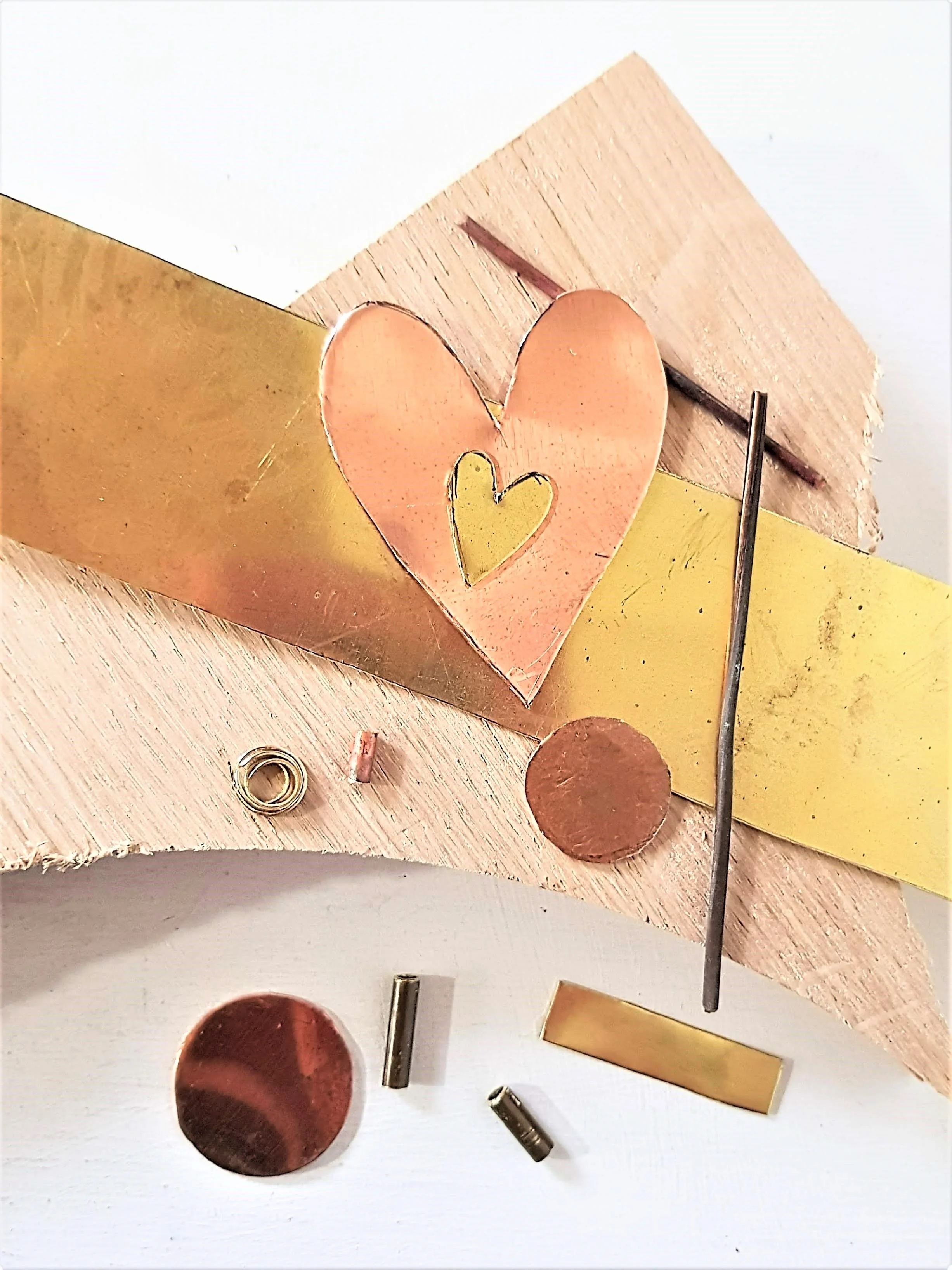The workshop has been full of tiny, sharp bits of tin lately. Reason being that I’ve been busy recycling tin to make flowers. I’ve become a bit of a magpie for brightly coloured tins, chiefly biscuit and sardine but I also found a fabulous green olive oil tin which has been put to good use. Its great to be able to repurpose metal but it does mean endless sharp edges so endless filing to get rid of them. The final artwork needs to be smooth so it doesn’t cause unfortunate accidents! It also needs to be smooth so I can work it into the shapes I need without constantly nicking and scratching myself. Some skin damage is almost inevitable so I have a box of plasters on hand. I also spend a good deal of time with the washing up bowl getting the tins nice and clean - especially the sardine tins!
What a fiddly job this is! But I really love it when those scraps of tin come together and make something completely new. I used the old olive oil tin to make the tulip leaves and the biscuit tin to make the petals. The original shapes of the paper petal templates look something like propellers but when they’re put together and formed into a 3D flower they lose that machined-aeronautical look altogether. The tulip heads have a centre hole drilled so I can attach a brass stem which is knotted to keep everything in place.
Tiptoe Through the Tulips
I hope this video gives you a good idea of the final automata. My photo history has completely missed out making the base of the piece and fiddling around with the cams. That’s for another day. But I did want to share where my love of tulips came from. The book in the background is Oscar Fabres’ Kwik and Kwak. My granny had this book, it was given as a Christmas present to my mum and aunty in 1945. It was the heirloom I wanted most from my granny’s house. Kwik and Kwak is a charming picture book which tells the tale of two little Dutch ducks who live a peaceful life cycling through the tulip fields of Holland (ducks on bicycles?). I loved those pictures of tulip fields, pretty Dutch houses and fishing boats. Still do. Inevitably, for the time the book was written, the story takes a darker turn but all ends well in the end and I hang on to the early depictions of peace and tulips in rural Holland. They’ll always be my favourite flowers!

























